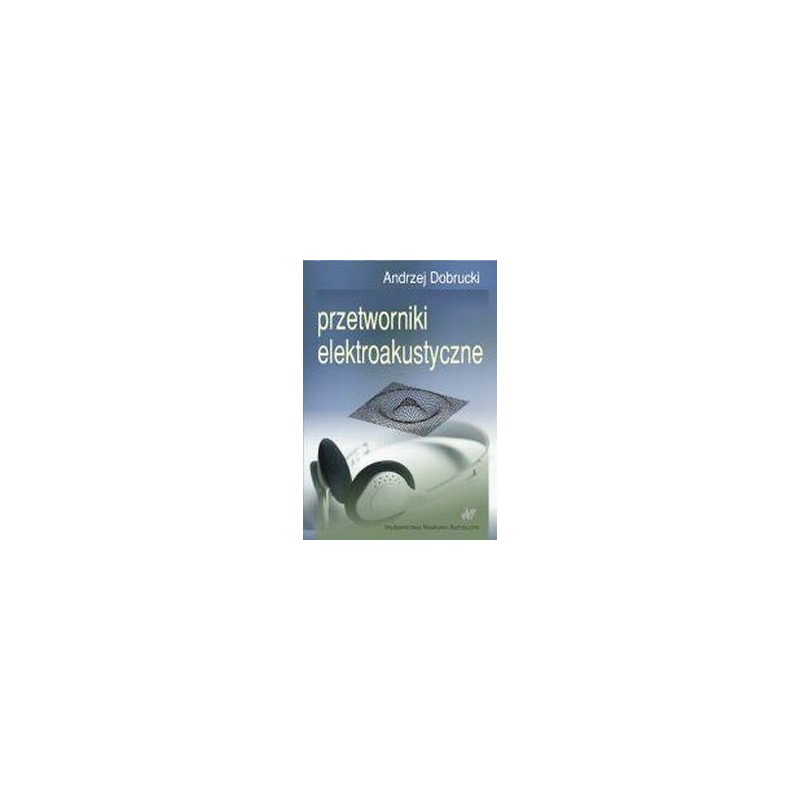- Out-of-Stock



Table of Contents
1. Introduction
2. Waves and acoustic systems
3. Vibration of mechanical systems
4. Modeling of electrical, mechanical and acoustic systems
5. Operating principles of electromechanical converters
6. Speakers and headphones
7. Housings and loudspeaker sets
8. Microphones
9. Measurements of electroacoustic transducers properties
No product available!
No product available!
No product available!
No product available!
No product available!
No product available!
No product available!
MCIMX6DL-SDP is an NXP evaluation set with i.MX 6Quad Arm Cortex-A9 1 GHz processor, 1 GB of SDRAM memory and USB OTG connector, HDMI, Ethernet connector and SD card slot. It has a built-in LVDS display. MCIMX6DL-SDP
No product available!
No product available!
A power supply dedicated to the analysis of energy consumption by devices in embedded systems. Based on ESP32, it allows you to transfer data to a computer via a USB interface. Odroid SmartPower 3
No product available!
No product available!
No product available!
A four-core cable with a length of 100 mm, terminated on both sides with the Qwiic plug. Sparkfun PRT-14427
No product available!
N15R is a medium-sized, robust tool box, designed for storing and transporting small tools, closed with 2 latches
No product available!
No product available!
Permanent cylindrical neodymium magnet with a diameter of 4 mm and a height of 1,5 mm.
No product available!

